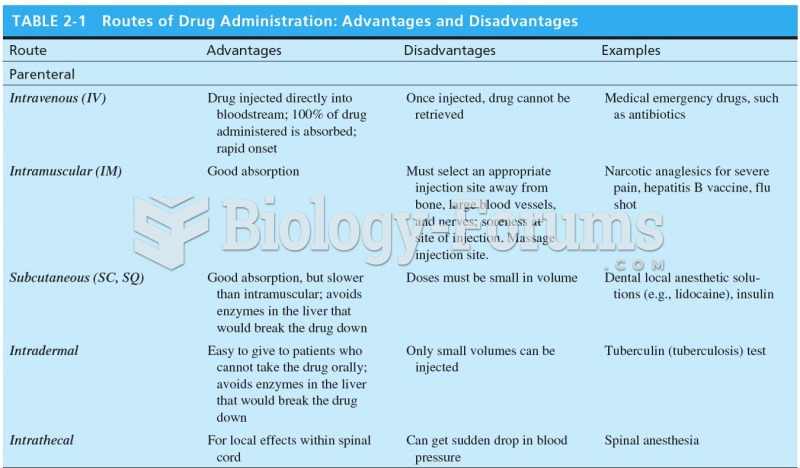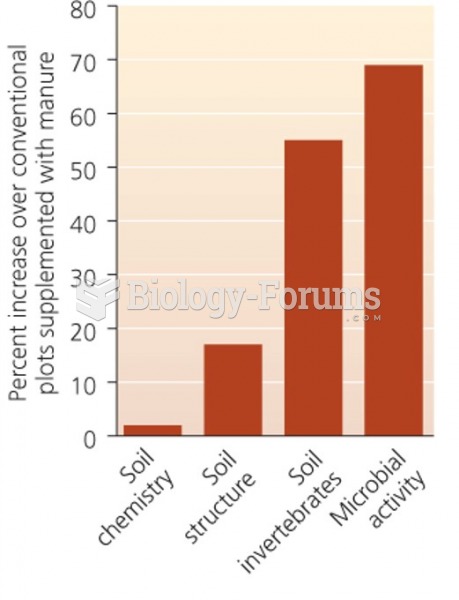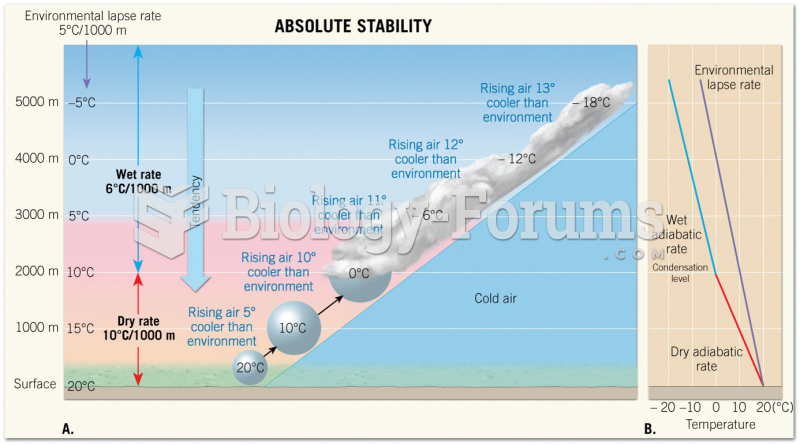Answer to Question 1
Absolute performance measurement systems compare employees with prespecified performance standards, using the following approaches:
A . Essays describe the employee's strengths and weaknesses, making suggestions for improvement. An advantage is that essays have the potential to provide detailed feedback; disadvantages to essays include the fact that they are unstructured and may lack detail, their usefulness depends on the supervisor's writing skill, and they are difficult to use in decisions regarding compensation, partially due to the lack of quantitative information provided. They are also quite time consuming, considering the number of employees the supervisor may have.
B. Behavior checklists use a form listing behavioral statements that are indicators of the various competencies to be measured. An advantage is that such a checklist is easy to understand; disadvantages are that the scale points used are often arbitrary and that it is difficult to get detailed and useful feedback from the numerical rating.
C. Critical incidents: This approach involves gathering reports of situations in which employees performed behaviors that were especially effective or ineffective in accomplishing their objectives. An advantage is that this allows the supervisor to focus on actual employee behavior rather than on vaguely defined traits; the disadvantage is that collecting such information is very time consuming.
D. Graphic rating scales are considered the most popular tools to measure performance. It is important to ensure that the response categories are clearly defined, that interpretation of the rating by an outside party is clear, and that the employee and the supervisor would both understand the rating. Behaviorally Anchored Rating Scales (BARS) improve on graphic rating scales by using critical incidents as anchors. Their development is dependent on active employee involvement at several points as well as final supervisor and employee checking of the items for dependability of the ratings.
Answer to Question 2
The three determinants of performance that allow some people to perform at higher levels than others are:
A . Declarative knowledge
B. Procedural knowledge
C. Motivation







